Why do we water rain forest plants sparingly?
exoticrainforest
14 years ago
Related Stories

HOUSEPLANTSGet a Dash of the Rain Forest With Madagascar Dragon Tree
This living decoration reaches up to 15 feet, has minimal needs and adapts to different light levels — just steer clear of fluoride
Full Story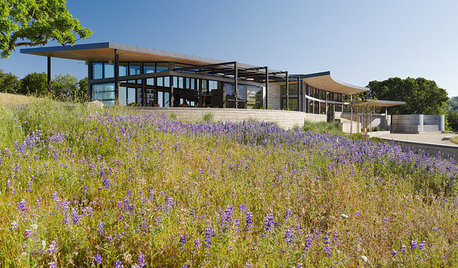
GREEN BUILDINGModern Design Captures Valuable Rain
Instead of letting a precious natural resource trickle away, these architectural features make the most of it
Full Story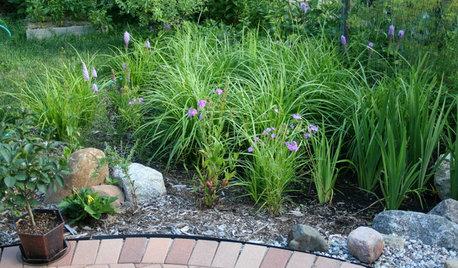
LANDSCAPE DESIGNHow to Site and Size a Rain Garden for Your Landscape
Installing a rain garden is an excellent way to reduce runoff and return water to its source
Full Story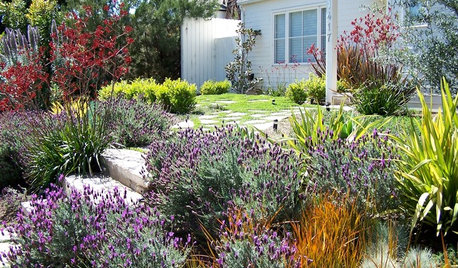
SAVING WATERGreat Plants for Lush, Low-Water Gardens
Water restrictions making your garden look washed out? Give it living color with unthirsty grasses, flowers and succulents
Full Story
HOUZZ TVHouzz TV: This Dream Midcentury Home in a Forest Even Has Its Own Train
Original wood ceilings, a cool layout and, yes, a quarter-scale train persuaded these homeowners to take a chance on a run-down property
Full Story
GARDENING GUIDESGreat Design Plant: Silphium Perfoliatum Pleases Wildlife
Cup plant provides structure, cover, food and water to help attract and sustain wildlife in the eastern North American garden
Full Story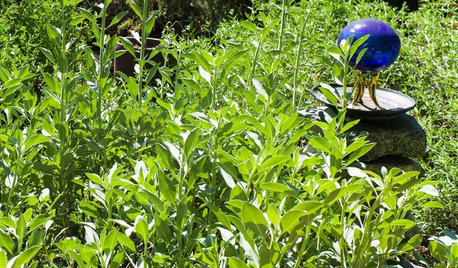
FLOWERS AND PLANTSWhite Sage Shimmers in the Water-Wise Garden
California native Salvia Apiana features silvery-green foliage and seasonal flowers that bees, hummingbirds and butterflies love
Full Story
INSPIRING GARDENSNative Plants Bring 10 Southern California Front-Yard Gardens to Life
Rare plants, rain gardens and wildlife habitats are just a few of the features showcased on the 2016 Theodore Payne Native Plant Garden Tour
Full Story
GARDENING GUIDES10 Solutions for Soggy Soil
If a too-wet garden is raining on your parade, try these water-loving plants and other ideas for handling all of that H2O
Full Story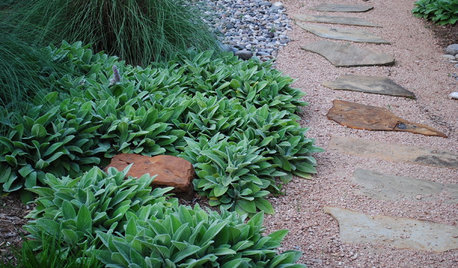
SAVING WATERLush Gardens With Low Water Needs
Drought tolerant doesn’t have mean spindly, brown and thorny
Full Story





beachplant
exoticrainforestOriginal Author
Related Professionals
Cudahy Landscape Contractors · Fruit Heights Landscape Contractors · Hurricane Landscape Contractors · Melrose Landscape Contractors · Panama City Beach Landscape Contractors · Rockland Landscape Contractors · Seven Hills Landscape Contractors · South Hackensack Landscape Contractors · Sun City Center Landscape Contractors · Vallejo Landscape Contractors · Wilsonville Landscape Contractors · Banning General Contractors · Groveton General Contractors · Monroe General Contractors · Pine Hills General Contractorsdellis326 (Danny)
exoticrainforestOriginal Author
garyfla_gw
exoticrainforestOriginal Author
dellis326 (Danny)
garyfla_gw
exoticrainforestOriginal Author
exoticrainforestOriginal Author
dellis326 (Danny)
linda_schreiber